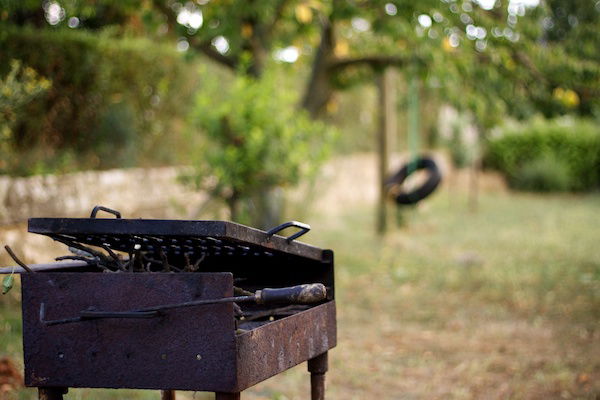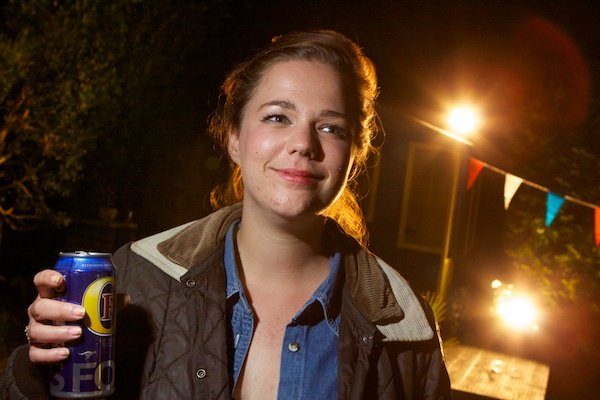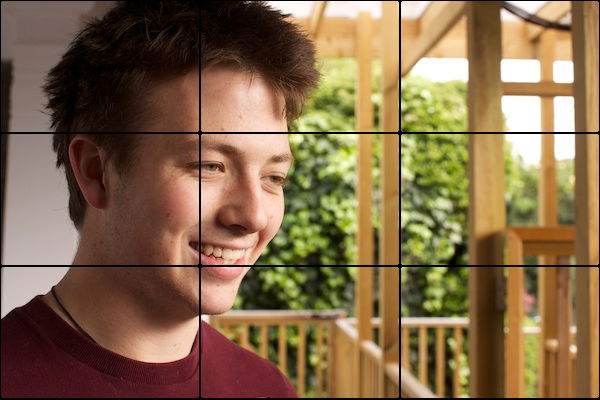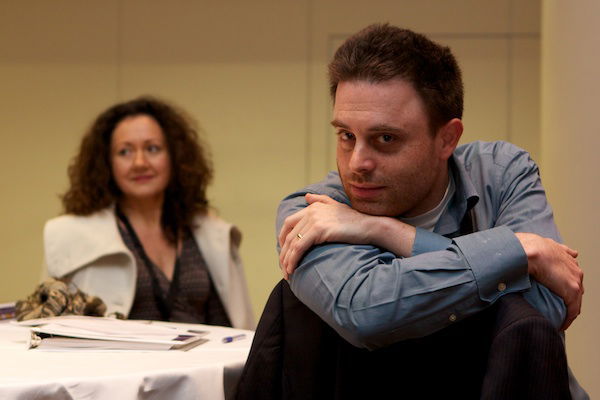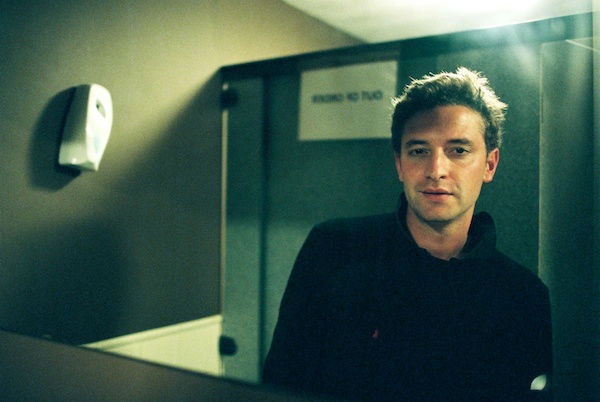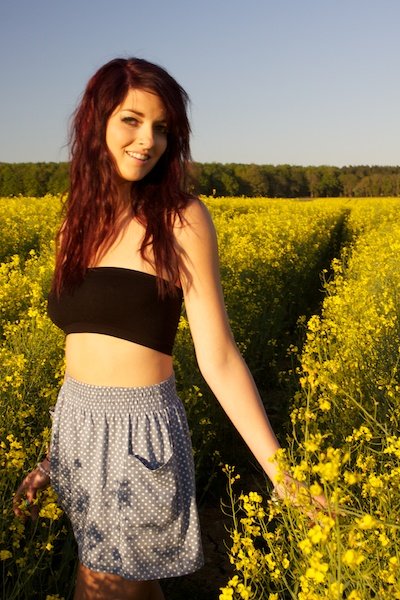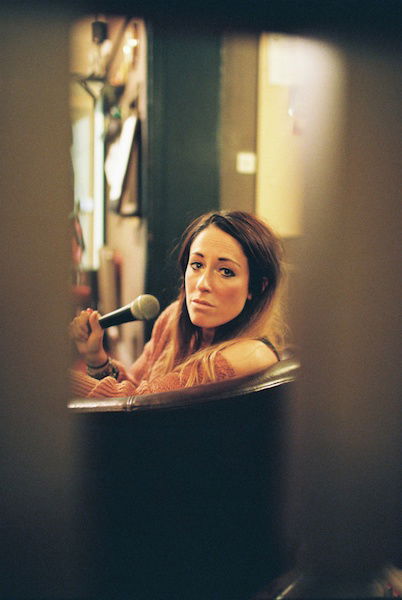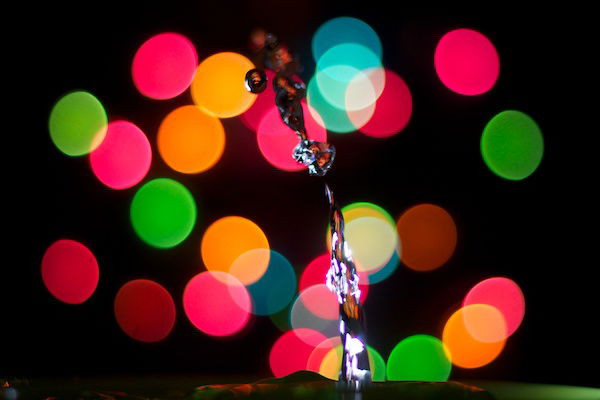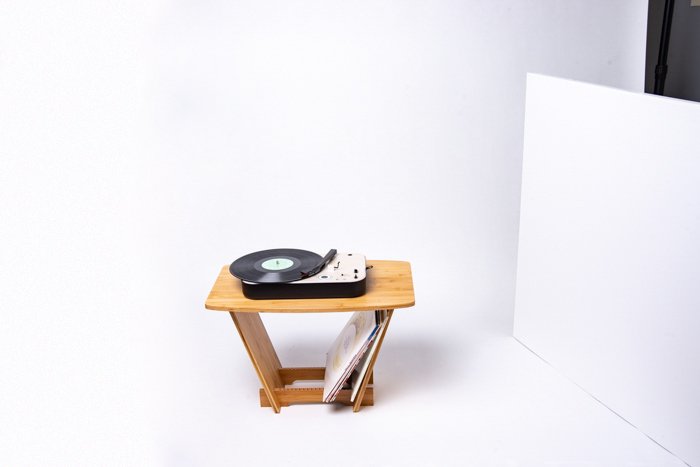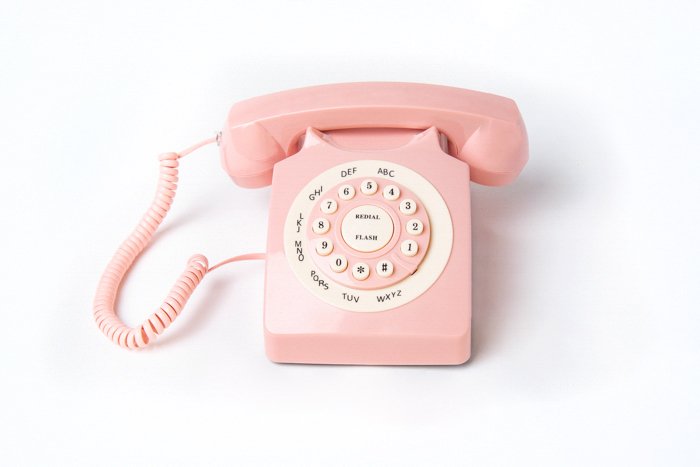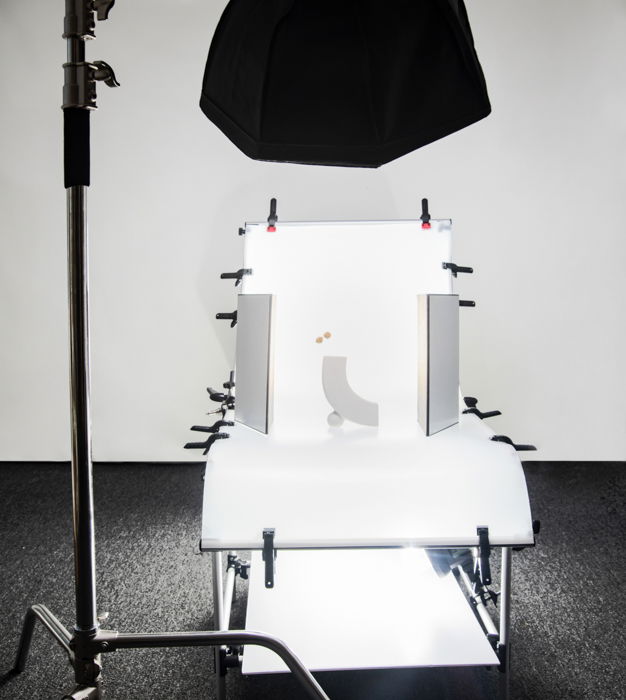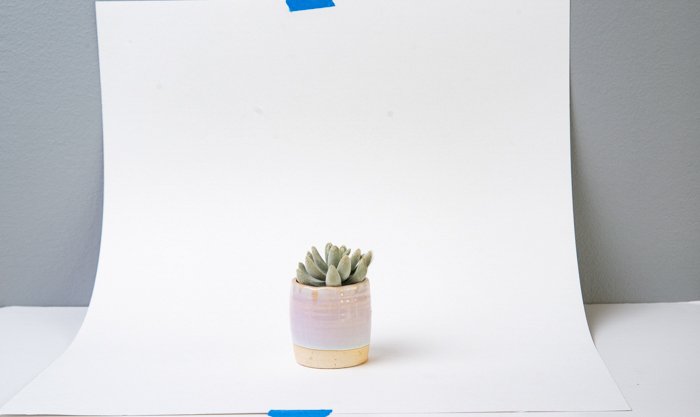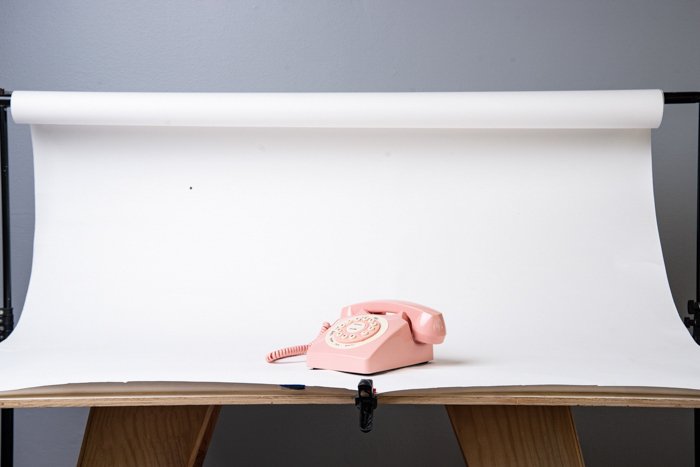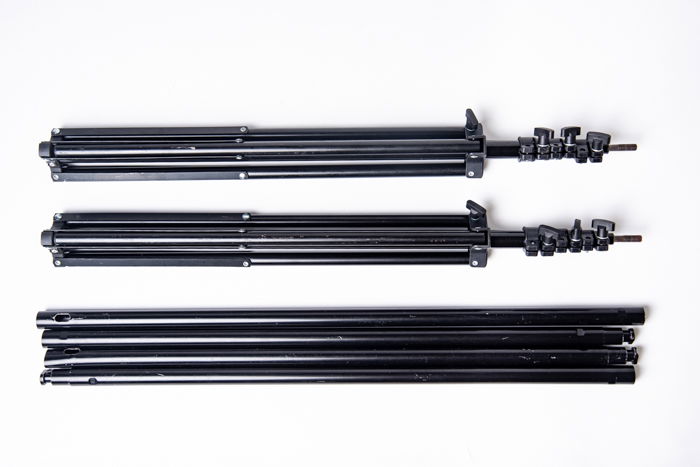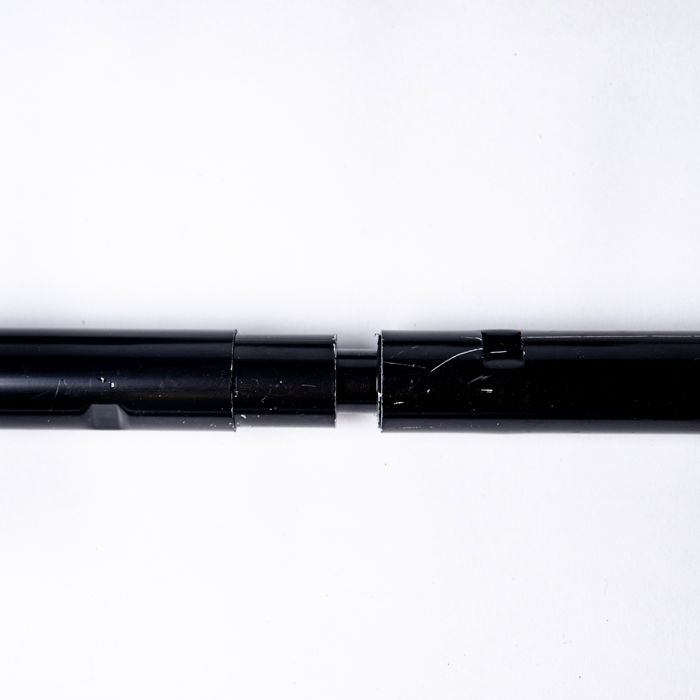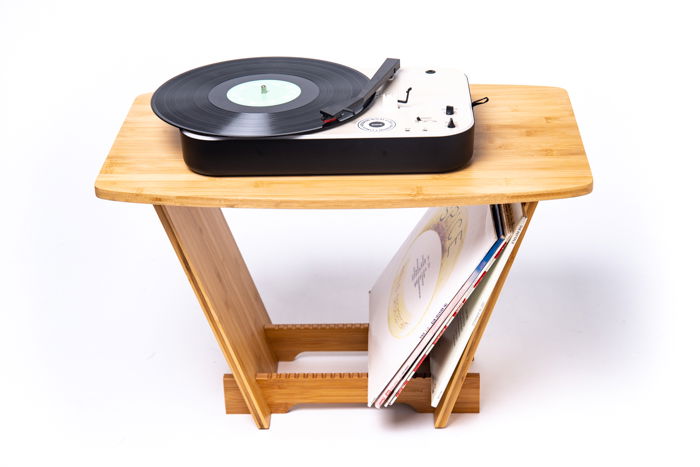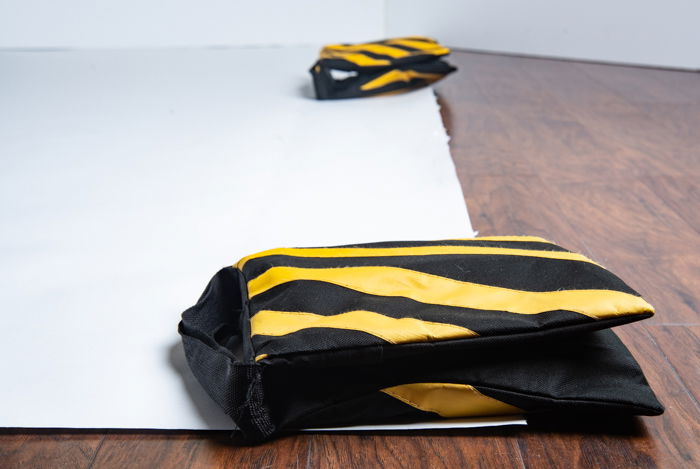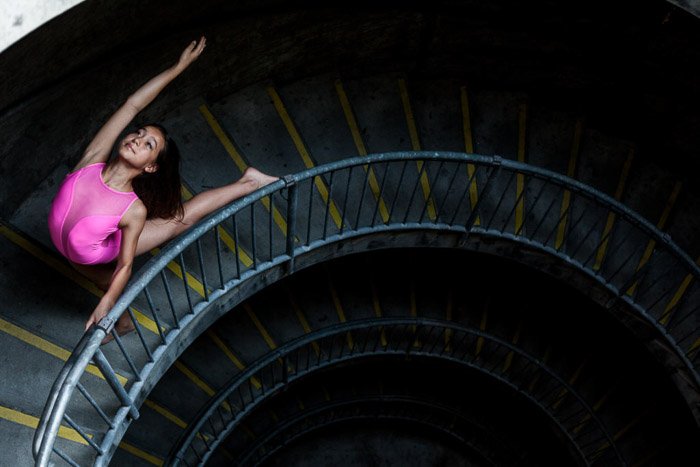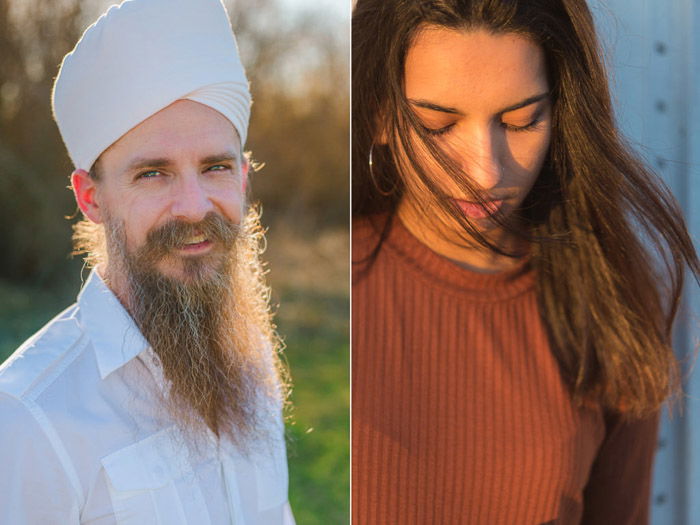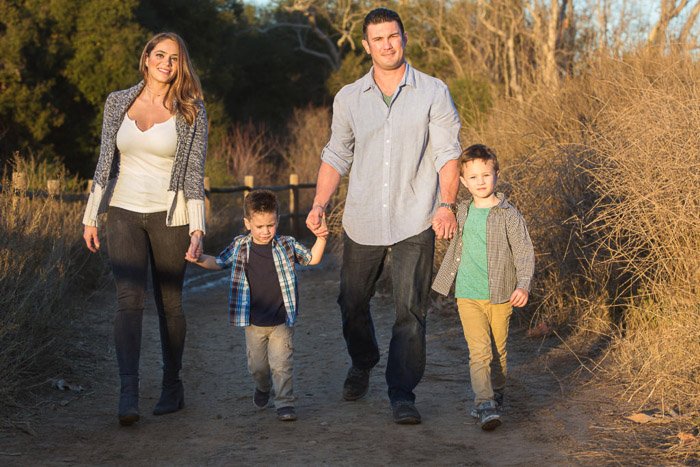# People, Images
12 Dos and Don'ts of Family Portrait Photography
Tags: Shutterbug Photography, Rookie Photographer
By Sarah Rodriguez-Martinez
A family photo shoot is a big responsibility for a photographer and can lead to some stressful situations.
However, when you know certain tricks, taking family portraits becomes fun and enjoyable.
They are a great opportunity to take photos that convey lots of love and joy.
I have put together 12 Dos and Don’ts that will help you successfully start with family portrait photography.
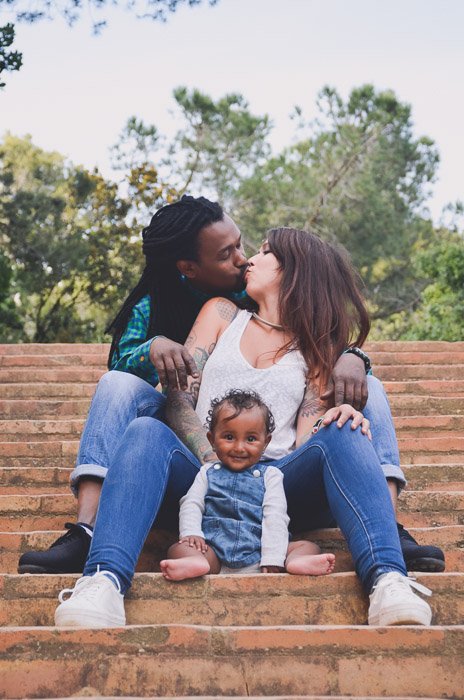
1. Tell Them What to Do to Make Posing Easier
If your clients are enjoying themselves, you’ll have a higher chance of beautiful family photos.
You might find a family that is experienced in photo shoots and who like posing in front of the camera. But it is not common.
Posing is not a natural thing for most people. Some of the family
members (if not all of them) might feel a bit uncomfortable. This
discomfort will appear in the photo and make it look fake.
Instead of directing and ordering them to pose, organise the session and plan things for them to do.
Ask them to walk, run, dance, play, lean on a wall, or hide behind a
tree and peek from the sides. You could make them hug each other, make
shapes, play games etc.
Take candid photos
while the family is having fun. Your images will look beautiful and
will also remind them of the great time they spent together.
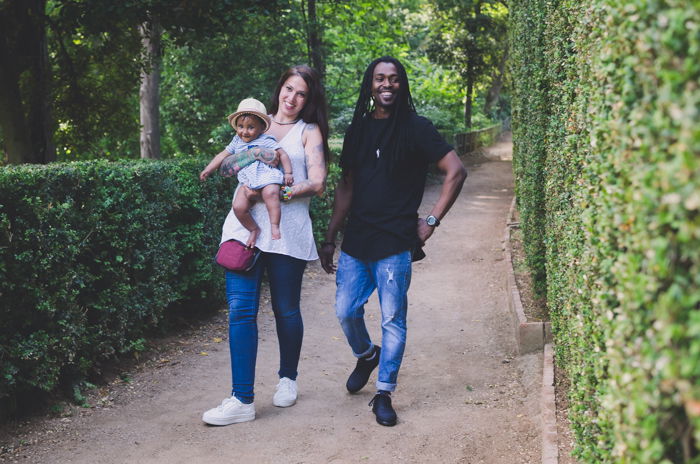
2. Do Not Pose Your Clients Facing the Sun to Avoid Unwanted Shadows
If you can, avoid having the family looking towards the sun or strong
light sources. A lot of people still believe that taking photos with
the sun at the back of the subject is not right.
You might think that posing with the sun in front of them offers more
light, but the end results can be extremely unflattering. Ugly shadows
will appear under their eyebrows, nose and neck.
Direct sunlight is also not ideal because it’s a hard light. It makes
the skin look older and less smooth as it enhances small flaws.
On top of that, the family will be annoyed by the light shining into
their eyes. They will either close their eyes or squint until the
torture is over. To avoid all this, just have them turn around.
Another way to avoid direct sunlight is to shoot family portraits in soft lighting conditions.
You can get great images if you choose a time of the day which is not
too close to midday. Capture the family during a nice sunset and see
how much it softens the light.
Or simply have the photo shoot in a shadier environment or during a bit cloudy day.
If you choose the first option, when it comes to settings, pay attention to exposure. Take into account the backlight entering into your sensor.
If you are shooting in semi-automatic mode, one trick is to meter the
image using Matrix Metering (in the case of Nikon. Evaluative Metering
for Canon cameras). Then overexpose 0.3 steps.
For Manual shooting, you can meter the light using the spot
metering on the family. In both cases, the family will be well exposed
and the background overexposed.
But as the important thing here is the family, a slightly burnt
background is a fair price to pay for avoiding photos with closed eyes.
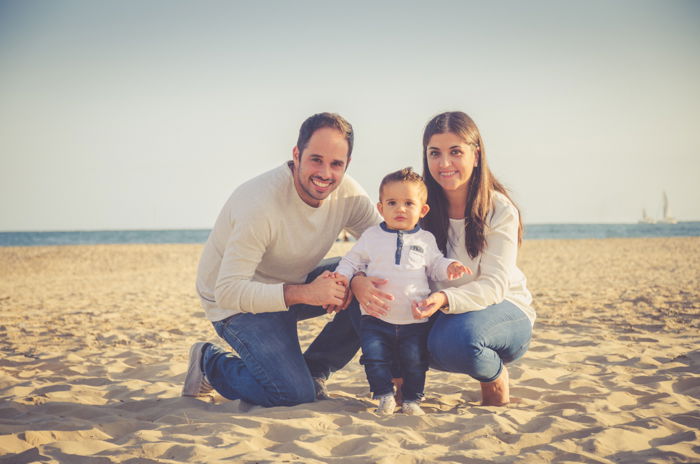
3. Communicate and Engage With Your Clients to Make Them Enjoy the Session
Most families don’t pose for professional photos often. They are not used to it and might feel a bit awkward.
You usually want natural-looking family photos. Besides the technical
aspects of photography, you should also take special care to make the
family feel comfortable with you.
I play and talk with the kids as much as I can. With the adults, I
start a conversation about random subjects until I find something they
like and we go from there.
I ask questions like how they met each other and encourage them to
tell their story. This is a great step towards building rapport. Ask
them personal but discreet questions.
I avoid potentially stressful subjects such as politics or job
situation. I prefer talking about travelling, holidays or hobbies.
I also make it clear that if they don’t like a pose or feel strange
doing something, they don’t have to do it. All they need to do is say
the word and we’ll do something else.
Knowing that they are in control and won’t be forced to pose one way or another builds trust and makes them more comfortable.
Establishing a good relationship is important because you are a
stranger to them. And they need to show intimate and personal moments
and feelings in front of you.
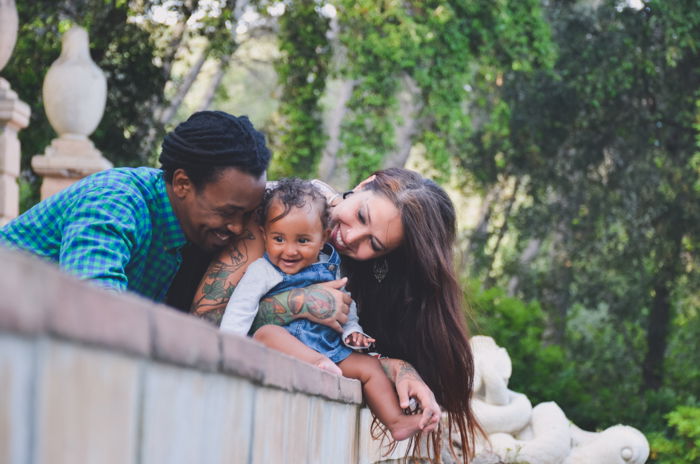
4. Pay Attention to the Surroundings to Keep the Shooting Comfortable
Before pressing the shutter release of your camera, you need to take care of a lot of things. For example, composition, camera settings for the right exposure, and checking that your models are feeling fine.
It’s easy to forget that there are other things you also need to be aware of.
For example, if you are at the beach, you don’t want them to get
their shoes wet by a surprise wave. Or you can’t tell them to move
backwards without checking first if they are going to collide with
something.
It is good to get used to always paying attention to the environment. Then it gets natural to do it.
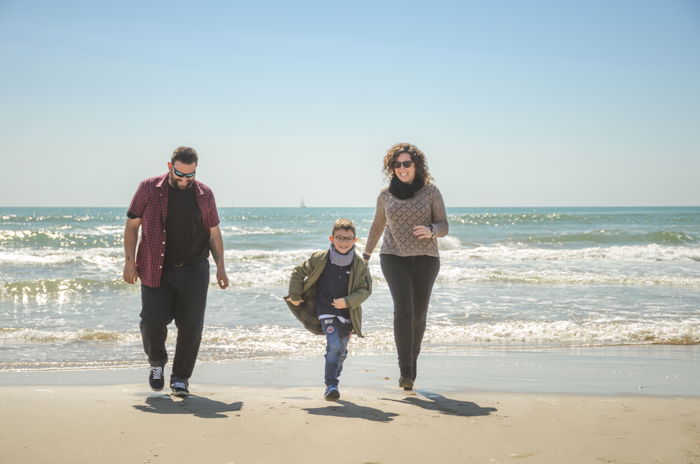
5. Tell the Family How to Pose to Get the Look You Want
There’s always a chance that a family of three will interpret your posing directions in different ways.
If this happens, the situation can turn into a mess. Each person would be doing a different thing.
To avoid this, simplify your instructions and try to make them as precise and clear as you can.
Use your body to show how to pose, where to stand and so on. You can
even go ahead and demonstrate poses yourself first if you can.
For example, I always show my clients how to lean against the wall by doing it myself first.
If you need to add instructions, use short sentences and reference objects instead of direction.
Avoid “to the right” or “to the left”. Your clients won’t know if you are talking about your right or their right.
Instead, you can refer to objects that you have around: “Turn towards the tree”, “Look at the sea”.
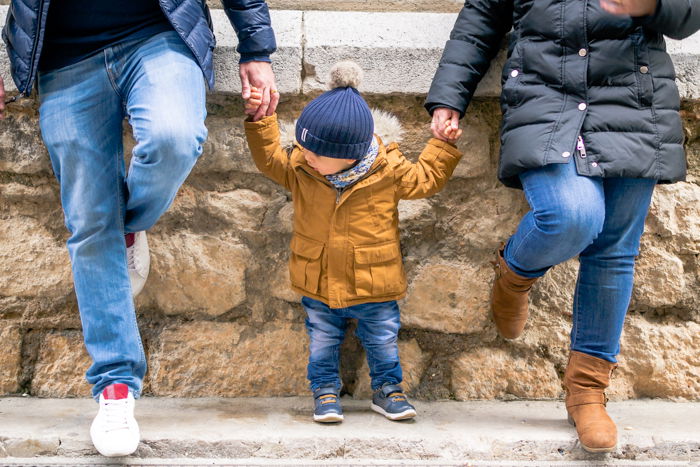
6. Do Not Go Overboard With Editing to Create Timeless Images
Family photos are meant to last for a long time. They are the type of
images that we want to keep and check years later or show to the
grandkids.
For that reason, I recommend avoiding trendy editing styles and
effects. These will probably look weird or unappealing twenty years down
the line.
Your aim is to create timeless images. So stick to classic editing styles and simplicity.
This doesn’t mean you can’t add a personal touch. But before
finishing the editing ask yourself if you will like this photo 20 years
from now. If the answer is yes, perfect! If not, try to simplify the
editing.
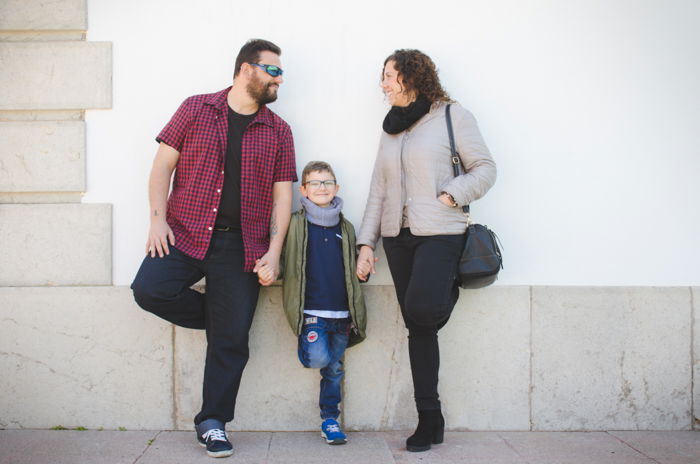
7. Keep an Open Mind About the Results to Be Prepared for Changes
This is especially true if you are working with kids in the family photo session.
You might have a list of photos to take that, in your brain, work
really well. But if the family doesn’t like them much or the kids feel
like doing something else, you should adjust to the situation.
It is always better to take a beautiful unplanned photo showing a
happy family than a forced one where you can see they are feeling
uncomfortable.
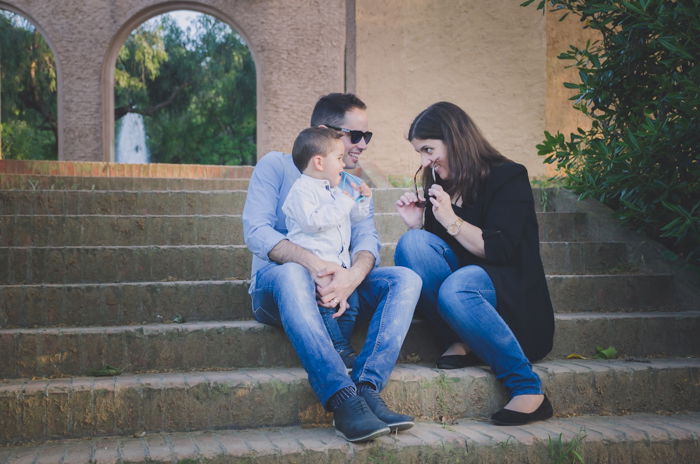
8. Use Burst Mode to Make Sure You’ll Capture the Best Moments
Every photographer knows the terrible feeling of taking a group photo just to later realise there’s something wrong with it.
Someone had their eyes closed or otherwise wasn’t ready for the picture to be taken.
For that reason, with family photography,
don’t put all your eggs in one basket. Taking several photos increases
your chances that at least one will have everyone coordinated.
You can set the camera to shoot in burst mode to take a sequence of images, just like in a sporting event.
Remember to adjust the shutter speed to avoid unwanted blurriness due to movements. Something around 1/250 s is a good starting point for this type of action.
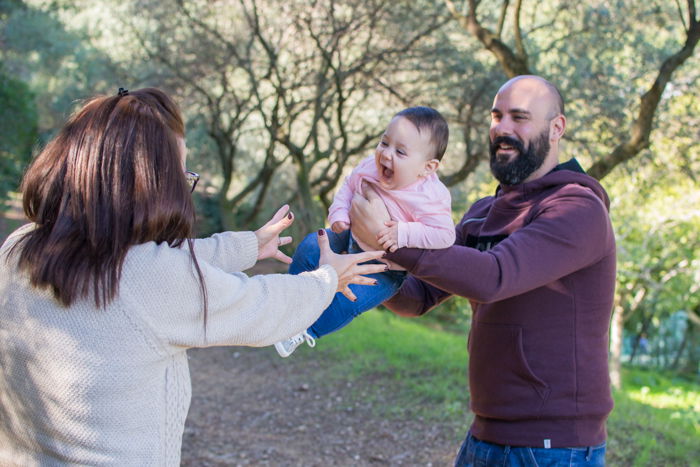
9. Use the Environment to Add a Little Extra to Your Photos
It is not unusual to feel a bit weird posing in front of a camera in
the middle of a park or a street. When it comes to outdoor family
photos, you can use anything around to help them get over any initial
awkwardness.
You can tell them to lean on a tree or a wall, sit on a bench or even
on the floor (first make sure that it is clean enough). Keep an eye out
for any natural frames, which will add a bit more to the composition of
the image.
Location scouting that involves the family is a great idea. You can
choose a location together that they like based on their memories.
It can be where the couple got engaged, where they first met, or
where their children took their first steps. If they are connected to
the place, your family portraits are going to be more joyful.
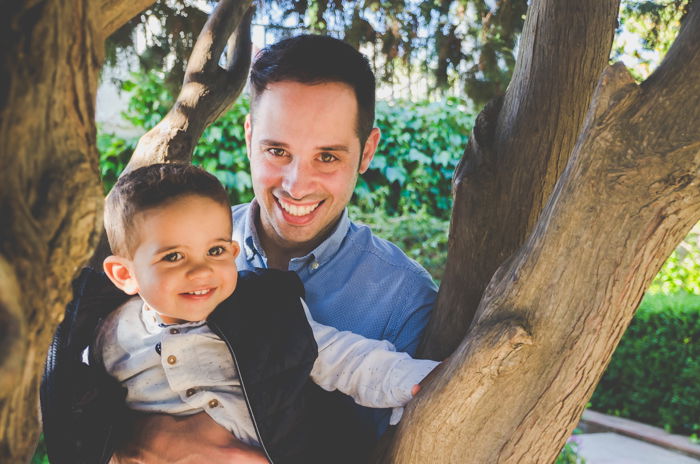
10. Do Not Set Your Aperture Value too Low to Avoid Blurring a Family Member
Portraits have a special vibe when you manage to get your models sharp and the background blurry.
You can create this effect by setting a low aperture value (a small
f-number). Using an aperture around f/2.8 will give you a beautiful
blur.
However, there’s a risk to it. If your models move, they might be
partially or completely out of focus. This is true also for specific
body parts of the same person. If your model looks to the side, one eye
could be in focus while the other is blurry.

If you want the whole family to appear sharp in the photo, you might
need to increase the aperture number. Choose a value around f/8.
You might not get the background blur effect as strongly as you wanted, but everybody in the family will come out sharp.
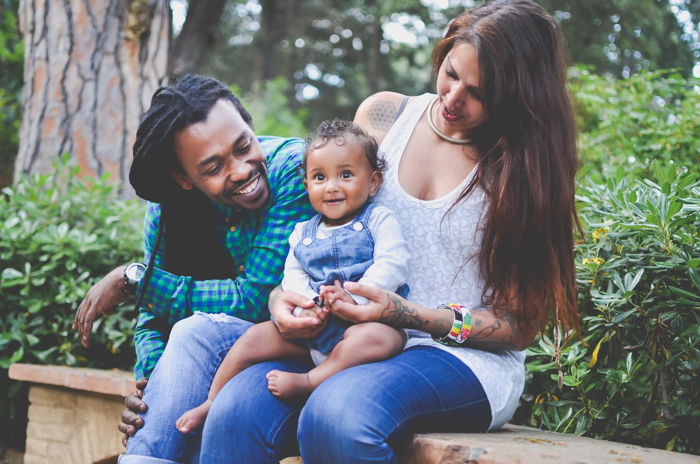
11. Offer Family Photo Outfit Advice to Bring Harmony to your Pictures
One of the most common questions before the photo sessions is: “What should we wear?”
The idea is that all the family members should look coordinated to convey a feeling of togetherness.
This doesn’t mean they have to be dressed in identical clothes. It means wearing the same style of clothes. All of them can look casual, or wear elegant clothes and with similar colours or shades.
I always recommend they wear natural shades and avoid bright colours
that stand out. The person wearing it will catch all the attention in
the photo (unless this is what you want).
The same can happen with big illustrations or signs on T-shirts which
are quite eye-catching. Unless it adds to the photo, avoid them.
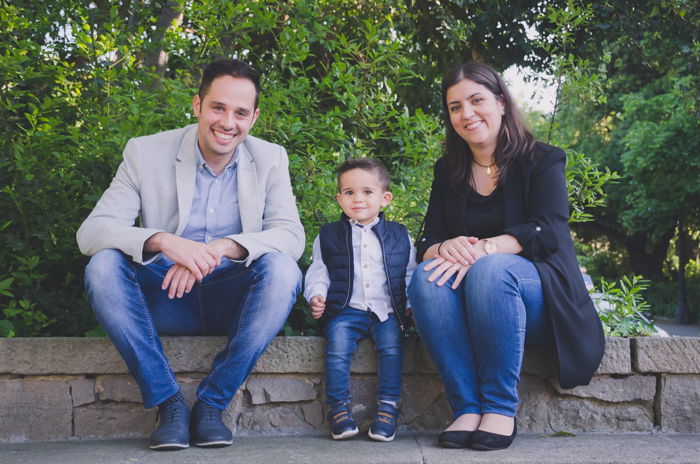
12. Meet at a Convenient Time for the Kids to Avoid Hard Times With Them
This might complicate the organisation process, but respecting the natural rhythm of the kids makes it totally worth it.
Tired, sleepy or hungry kids are difficult to handle. It is almost
impossible to have them cooperate or even make them look happy for the
photo.
I usually try to combine a good time for the kids and a frame of time with beautiful light.
This means that sometimes I arrange the photo sessions early in the
morning. Kids are awake, just had breakfast, and I can use the morning golden hour.
But each family is different and their schedules will be different, so I adjust the photo session to each one.
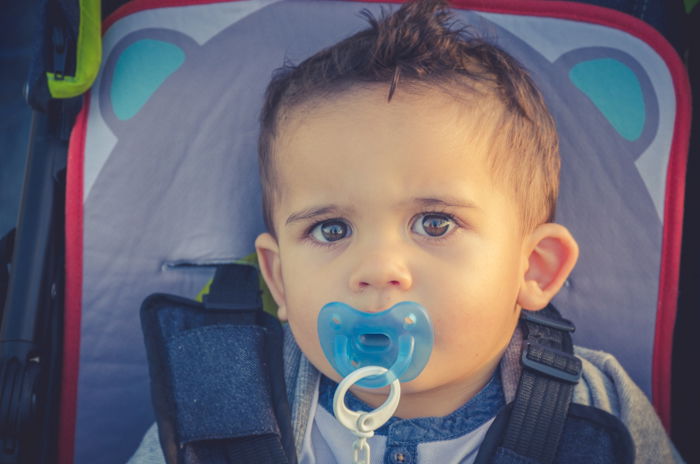
With family photo shoots, you need to show both your best technical and social skills.
You have to adjust camera settings to get a good exposure. Learn how
to use back light and natural light, adjust the depth of field to get the
desired effects and so on.
You also need to have the right equipment for family photography.
However, above all, you need to make the family feel comfortable to show their love for each other.
If you keep all these points in mind your family photos will surely
become wonderful memories. Kids grow up so fast. Besides being fun, your
portraits will freeze a little part of the family’s life!
--------------------------------------------------------------------------------------------
FREE Photography Ebook
